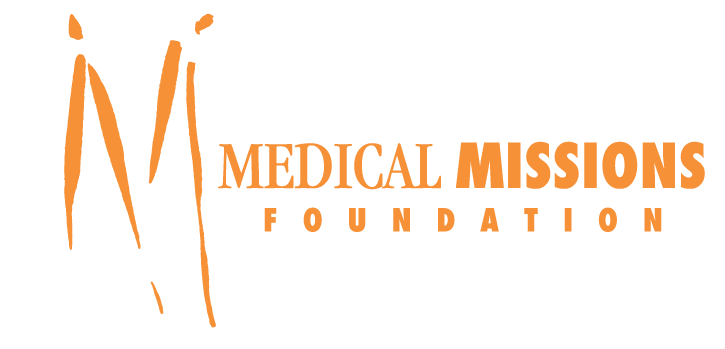Learning About India
 We made our way after 22 hours of travel to India via Newark. There is an 11 1/2 hour time difference from home to Bhopal, and we are expecting the weather to be warm with temperatures in the low 90’s. Before we left I did a lot of research on the area we would be visiting. This will be hard for most of my teachers from my years in school to believe but I like to learn and understand the area we will be visiting. I think it is polite and respectful to the people we meet to have an understanding of their situation, culture, and way of life. We are a guest in their country and can learn so much from them. It is normal for all mission team members to share and compare our way of life with theirs and we hope to bring home a little memory from each person we meet.
We made our way after 22 hours of travel to India via Newark. There is an 11 1/2 hour time difference from home to Bhopal, and we are expecting the weather to be warm with temperatures in the low 90’s. Before we left I did a lot of research on the area we would be visiting. This will be hard for most of my teachers from my years in school to believe but I like to learn and understand the area we will be visiting. I think it is polite and respectful to the people we meet to have an understanding of their situation, culture, and way of life. We are a guest in their country and can learn so much from them. It is normal for all mission team members to share and compare our way of life with theirs and we hope to bring home a little memory from each person we meet.
Here is a little information about India that I found interesting.
The Republic of India, Asia’s second-largest country after China, fills the major part of the South Asian subcontinent. The total area occupied by India is slightly more than one-third the size of the United States. India’s capital city, New Delhi, is located in the north central part of the country and is one of the oldest continuously inhabited regions in the world. Our team will spend some time in this area.
Due to uncontrolled dumping of chemical and industrial waste, fertilizers, and pesticides, 70% of the surface water in India is polluted.
The population of India is estimated by the United Nations at 1,103,596,000, which placed it at number 2 (behind China) in population among the 193 nations of the world. In 2005, approximately 4% of the population was over 65 years of age, with another 36% of the population under 15 years of age.
30.7% of India’s children under the age of five are underweight. According to a Food and Agriculture Organization report in 2015, 15% of the Indian population is undernourished.
 Life expectancy in India is at 68 years with life expectancy for women being 69.6 years and for men being 67.3.
Life expectancy in India is at 68 years with life expectancy for women being 69.6 years and for men being 67.3.
There are around 50 physicians per 100,000 Indians.
One third of the world’s 1.2 billion poorest people live in India, according to the latest Millennium Development Study.
India also accounted for the highest number of under-five deaths in the world in 2012, with 1.4 million children not reaching their fifth birthday.
50% of Indians don’t have proper shelter.
70% don’t have access to decent toilets.
35% of households don’t have a nearby water source.
85% of villages don’t have a secondary school.
Diseases are one of the main causes of poverty in India, creating a major public safety disaster that contributes to keep and cause millions to fall into poverty. It’s estimated that each year “the cost of health care pushes some 39 million people back into poverty”, according to a recent CBS News report.

